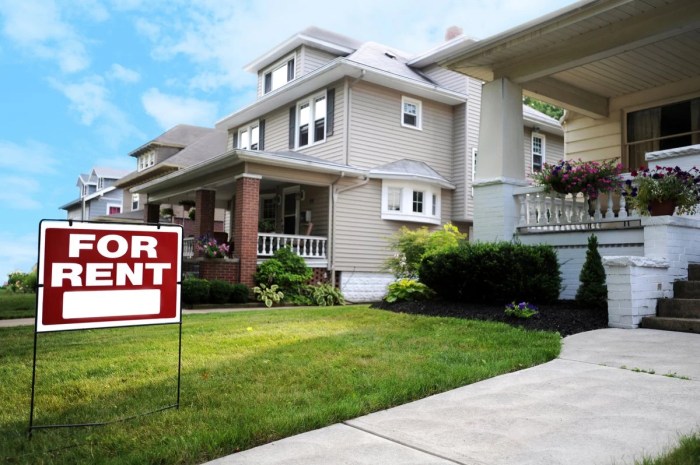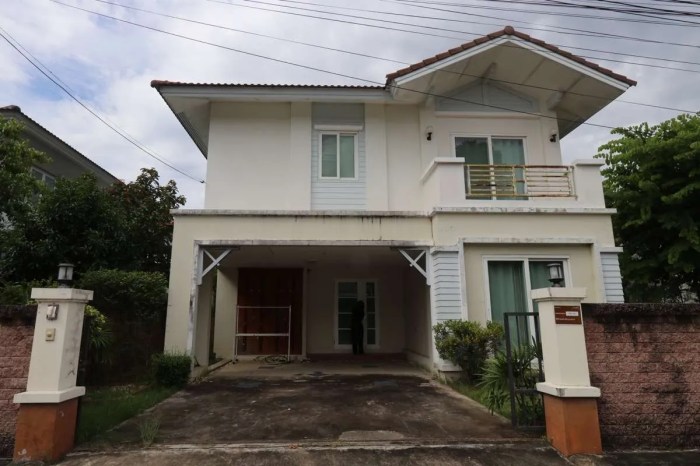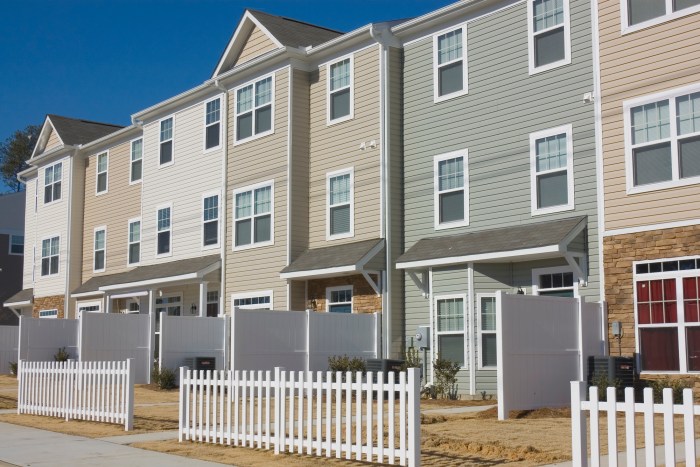Houses and Townhomes for Rent A Comprehensive Guide
Rental Market Overview in New York City
Houses and townhomes for rent – The New York City rental market for houses and townhomes is highly competitive, characterized by high demand and fluctuating prices depending on location and property features. This overview examines current market conditions, comparing rental costs and lease terms for houses and townhomes across various neighborhoods.
Finding the perfect house or townhome for rent can be exciting, but it’s crucial to understand the legal aspects before signing. A well-structured agreement protects both landlord and tenant, so reviewing a sample house rent contract format is highly recommended before committing to any property. This ensures you’re fully aware of your rights and responsibilities when renting houses and townhomes.
Rental Prices and Lease Terms in NYC Neighborhoods
Rental prices vary significantly across NYC neighborhoods. Areas like Tribeca and the Upper West Side command significantly higher rents than those in outer boroughs like Queens or Brooklyn. Lease terms typically range from 12 to 24 months, although shorter-term leases might be available at a premium.
| Neighborhood | Average House Rent | Average Townhome Rent | Median Household Income |
|---|---|---|---|
| Tribeca | $15,000+ | $12,000+ | $150,000+ |
| Upper West Side | $10,000+ | $8,000+ | $120,000+ |
| Brooklyn Heights | $7,000+ | $6,000+ | $90,000+ |
| Jackson Heights, Queens | $4,500+ | $4,000+ | $70,000+ |
Note: These figures are estimates and can vary based on size, amenities, and specific property conditions.
Property Features and Amenities: Houses And Townhomes For Rent
Renters prioritize specific features and amenities when searching for houses and townhomes. Understanding these preferences is crucial for both renters and landlords.
Key Features and Amenities
Three key features renters prioritize are:
- Location: Proximity to work, schools, transportation, and amenities.
- Space: Sufficient living space to accommodate their needs and lifestyle.
- Condition: A well-maintained property in good condition, free from major repairs.
Differences in Amenities
Houses and townhomes offer distinct amenities:
- Houses: Often feature private yards, garages, more storage space, and potentially greater privacy.
- Townhomes: Typically offer less outdoor space but often include amenities like shared community spaces, swimming pools, or fitness centers.
Sample Listing Descriptions
Here are examples of listing descriptions highlighting desirable features:
House: “Charming 3-bedroom, 2-bathroom house in a quiet neighborhood. Features a spacious backyard, attached garage, updated kitchen, and hardwood floors. Close to parks and public transportation.”
Townhome: “Modern 2-bedroom, 2.5-bathroom townhome in a vibrant community. Includes a private balcony, in-unit laundry, and access to a shared fitness center and swimming pool. Walking distance to shops and restaurants.”
Neighborhood Considerations
Choosing the right neighborhood is a crucial decision for renters. Factors such as safety, schools, commute times, and access to amenities heavily influence the choice between suburban and urban living.
Factors Influencing Neighborhood Choice

Source: foolcdn.com
Renters carefully weigh various factors when selecting a neighborhood:
| Factor | Suburban House | Suburban Townhome | Urban House/Townhome |
|---|---|---|---|
| Commute | Longer commute times | Potentially longer commute times | Shorter or easier commute |
| Space | Larger lots, more privacy | Less outdoor space than houses | Less outdoor space, smaller living areas |
| Amenities | Quieter, family-friendly | Community amenities | Walkable, close to shops and restaurants |
| Cost | Higher initial cost, potentially lower taxes | Mid-range cost | Higher rent, potentially higher taxes |
Desirable Neighborhood Amenities
Desirable neighborhood amenities include proximity to parks, good schools, reliable public transportation, grocery stores, and safe streets.
Rental Process and Agreements
The rental process involves several steps, and renters need to prepare necessary documents to ensure a smooth application.
Steps in Renting a House or Townhome
- Finding a property that meets your needs and budget.
- Submitting a rental application, including background and credit checks.
- Negotiating lease terms and signing the rental agreement.
- Paying the security deposit and first month’s rent.
- Moving into the property.
Rental Application Checklist
Essential documents for the application process:
- Valid photo identification.
- Proof of income (pay stubs, tax returns).
- Credit report.
- References (previous landlords or employers).
Common Clauses in Rental Agreements, Houses and townhomes for rent
Typical clauses include lease term, rent amount, security deposit, responsibilities for repairs and maintenance, and rules regarding pets.
Financial Aspects of Renting
Calculating the total monthly cost of renting involves more than just the rent itself. Understanding the financial implications of renting a house versus a townhome is essential for budgeting.
Calculating Total Monthly Costs
The total monthly cost includes rent, utilities (electricity, gas, water, internet), renter’s insurance, and potentially HOA fees (for townhomes).
Total Monthly Cost = Rent + Utilities + Insurance + HOA Fees (if applicable)
Financial Implications of House vs. Townhome

Source: co.th
Houses generally have higher upfront costs (security deposit) and potentially higher utility bills due to larger square footage. Townhomes might have lower upfront costs but may include HOA fees.
Sample Budget
For a $4,000 monthly rent in a specific price range, a sample budget might look like this:
- Rent: $4,000
- Utilities: $500
- Renter’s Insurance: $50
- HOA Fees (if applicable): $200
- Total: $4,750
Visual Representation of Ideal Properties
This section provides detailed descriptions of ideal rental properties, illustrating the features and styles that are highly sought after.
Ideal House for Rent

Source: usatoday.com
Imagine a charming three-story brownstone in a tree-lined Brooklyn street. The exterior features classic brownstone architecture with a meticulously maintained facade and a small, private garden. Inside, high ceilings, original hardwood floors, and large windows flood the space with natural light. The kitchen is modern and well-equipped, with stainless steel appliances and ample counter space. Three spacious bedrooms offer comfortable living quarters, and the master bedroom boasts an ensuite bathroom.
The overall aesthetic is a blend of classic charm and modern convenience.
Ideal Townhome for Rent
Picture a sleek, modern townhome in a vibrant, up-and-coming neighborhood. The exterior is contemporary with clean lines and large windows. Inside, an open-concept floor plan connects the living, dining, and kitchen areas. The kitchen features high-end appliances and custom cabinetry. Two bedrooms offer comfortable living spaces, and a private balcony provides an outdoor oasis.
The building amenities include a state-of-the-art fitness center and a rooftop terrace offering stunning city views. The location is ideal, with easy access to public transportation and a variety of shops and restaurants.
FAQ Section
What is the average lease term for houses and townhomes?
Lease terms vary, but 12-month leases are common. Shorter-term leases may be available but often come with a higher monthly rent.
What utilities are typically the renter’s responsibility?
Renters usually pay for electricity, gas, water, sewer, trash, and internet. Specific responsibilities are Artikeld in the lease agreement.
What is a security deposit, and how much should I expect to pay?
A security deposit protects the landlord against damages. It’s typically one or two months’ rent.
Can I negotiate rent or lease terms?
Negotiation is possible, particularly in a buyer’s market or if you offer a longer lease term.
What happens if I need to break my lease early?
Breaking a lease early usually involves penalties, as specified in the lease agreement. You may need to find a replacement tenant.




















